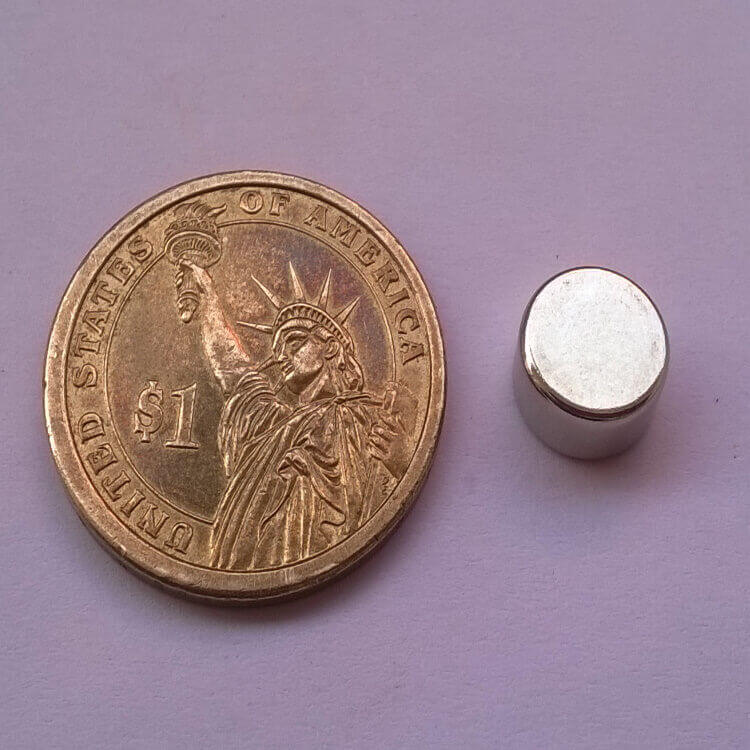

In general, a thin magnet will be more susceptible to heat than a thick, bulky magnet. The shape of a neodymium magnet directly influences how much heat it can withstand. Just as important in determining heat resistance is the shape of the magnet and the materials used to make it. In addition, a standard neodymium magnet’s Curie temperature -the temperature at which magnetism is permanently lost-is around 320 ° C.īut these temperatures are only approximate. However, if left at temperatures above 80 ° C for an extended period of time, magnetism can be permanently lost.
Neodymium magnet full#
The good news: If the magnet is quickly returned to room temperature, its full magnetism will be restored. As stated above, this can quickly become hazardous in environments where consistent strength is required. A standard neodymium magnet’s pull begins to decrease at 80 ° C. In general, extreme heat is bad for neodymium magnets. Prolonged exposure to these temperatures can also be costly a neodymium magnet can permanently lose its magnetism when exposed to extreme heat, requiring a replacement and possibly an entire redesign of the environment it’s used in.īefore using neodymium magnets for your next project, here’s what you should know about their temperature tolerances. As a result, their overall strength may fluctuate while they’re in use, creating potential hazards. While neodymium magnets are pound-for-pound the strongest magnets available, extreme temperatures can alter the behavior of their atoms.


 0 kommentar(er)
0 kommentar(er)
